Toolkit: Education Funding in California
With more than 5.8 million students across more than a thousand school districts, California has a sizable public education budget. The budget for the 2022-23 school year amounts to $128.6 billion or an estimated $22,893 per student. Where does the funding come from? How is it allocated? These are important questions for parents and taxpayers to understand.
Two major features of education funding in California are Proposition 98 and the Local Control Funding Formula (LCFF).
Proposition 98 is a 1988 amendment to the CA Constitution passed by voters. It guarantees minimum funding levels for TK-12 schools and community colleges (collectively referred to as TK-14 schools). Proposition 98 funds draw from property tax revenues in the counties and the state’s General Fund. Each year, the amount of guaranteed school funding is calculated using one of three measures or “tests.” The test used to determine a given year’s funding is called the “operative test” for that year.
The tests are as follows:
A percentage of the state’s General Fund revenue.
Year-over-year adjustments to prior year funding based on changes to per capita personal income and average daily attendance (ADA).
Adjustments to the prior year’s funding based on year-over-year changes to K-12 attendance and General Fund Revenue (this third component was added later by Proposition 111, which states that when tests 2 and 3 are compared, the smaller figure prevails).
The California Department of Finance reports that 2022-23 Prop 98 funds total an estimated $110.4 billion. Importantly, Proposition 98 funding estimates change throughout the year as the inputs for the calculations change (such as updated tax revenue figures). The process of revising Proposition 98 spending from the estimate to the actual amount is called truing up.
The Local Control Funding Formula (LCFF), passed in 2013, replaced the previous way of distributing education funding that was in effect for 40 years. The Legislative Analyst’s Office explains that the LCFF is the primary source of public school funding, providing “a base amount for each student, plus additional funding for low‑income students and English learners.” In other words, the amount of funds a district receives depends on total enrollment, as well as enrollment of low-income and English-learner students.
The LCFF largely determines how Prop 98 funding is distributed to school districts. Each year, the LCFF undergoes a cost-of-living adjustment. For the 2022-23 school year, the LCFF cost-of-living adjustment is 6.56 percent, “the largest cost-of-living adjustment in the history of LCFF.”
The legislation that instituted the LCFF also instituted requirements for how Local Educational Agencies (LEAs), meaning school districts, are assessed. LEAs are required to complete Local Control and Accountability Plans (LCAPs) as part of the funding process under the LCFF. An LCAP is a detailed three-year plan that provides a list of the district’s goals and plans; it’s essentially a comprehensive description of how a district intends to use its funding. To obtain a Local Control and Accountability Plan (LCAP) report, look on your school district’s website. These reports are lengthy, but offer great information for someone seeking in-depth information about a district’s planned spending.
Additionally, federal funding constitutes a portion of California’s public education budget, coming in the form of grants (like COVID relief) and federal programs such as ESSA (Every Student Succeeds Act), IDEA (Individuals with Disabilities ACT), and the National School Lunch Program. However, the vast majority of California’s public school funding comes from state and local revenue, rather than federal.
California’s massive public education system is financed through a complex system. Since public schools are government entities paid for by your tax dollars, they are accountable to you, whether or not you have children attending schools in your district. Be sure to also check out Parent Union’s resources on holding public schools accountable at your school board and by filing public records requests.
